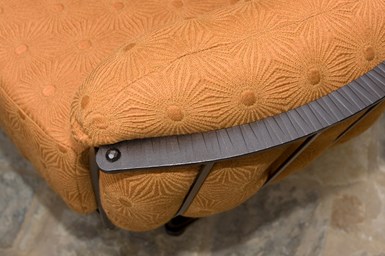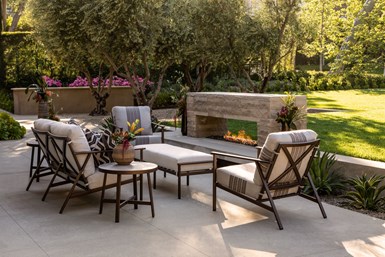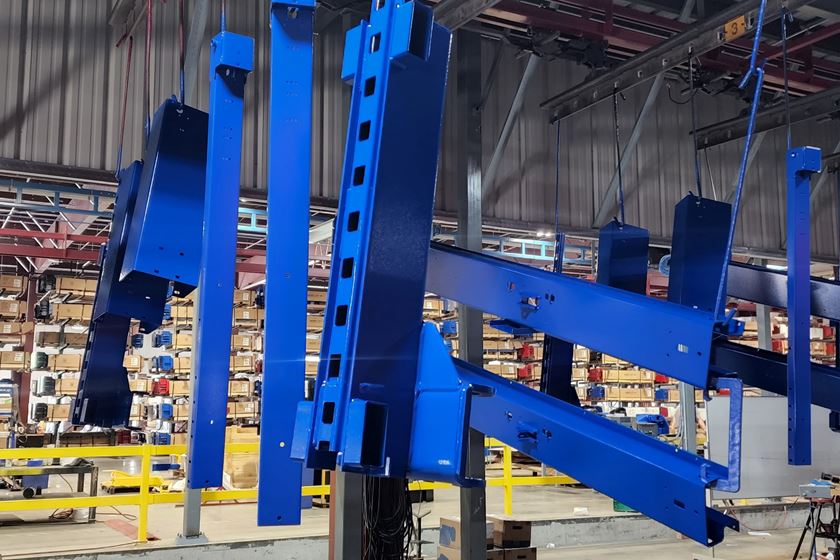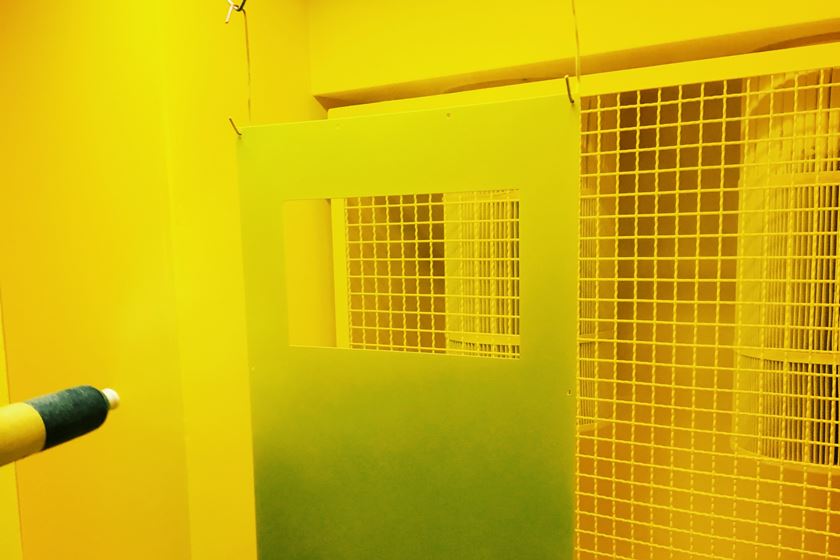PPG Helps High-End Patio Furniture Maker With Transition
After relocating its operations, OW Lee expanded its partnership with PPG to build a new powder coatings line and train over 200 new hires.
OW Lee, a producer of premium, hand-crafted outdoor furniture, recently moved its operations from California to Texas, which necessitated the construction of a new powder coatings line. For over a decade, the company has almost exclusively used PPG powder coatings for its products. To help with its relocation, OW Lee expanded its partnership with PPG to include its coatings services business.
As a California-based, family-owned business since 1947, OW Lee says the choice to relocate operations was a difficult decision for its management team, especially in the midst of the pandemic. The company chose PPG as a strategic partner to help guide it through the transition.
Kevin Cross, PPG’s director of equipment sales, coatings services business, explains, “OW Lee is highly focused on quality and craftsmanship. They hand-sew their fabrics in-house and precision-forge and weld all their metal frames and parts. PPG was qualified to provide the full color selection, consistency, formulation and matching services this level of quality demands, as well as the technical support they needed to get a new plant up and running.”
OW Lee touts the durability of its coatings – including an epoxy primer that is hand-applied to specially selected carbon steel, galvanized steel and aluminum alloy substrates – which are finished with PPG Envirocron HTE powder coatings. These coatings combine PPG’s proprietary high-transfer and edge-coverage technology with a low-volatile organic compound (VOC), non-triglycidyl isocyanurate (TGIC) formulation to deliver colorfastness, corrosion resistance and environmental sustainability.
While high-quality coatings are integral to OW Lee’s business, PPG says its most important contribution to the company’s future may ultimately come from its technical service and support team, which designed, specified, built and installed the new coatings line.
“The ability to expand and upgrade OW Lee’s production capability will greatly improve their capacity to grow and has the potential to increase their profitability as well,” said Paul Bryant, PPG sales representative. “The technology on the line and the quality of their coatings products are on the cutting edge and put them well ahead of their competition.”
The technical services team, along with Willliam Ramos, business development manager, helped address other changes associated with the transition from California to Texas, such as the climate. “The climate in Texas is different from the climate in California, so we had to make a number of accommodations for that on the new paint line, including the way we designed specific components such as the air seals,” Ramos says. In addition, OW Lee made more than 200 hires at its new location. PPG’s coatings services business provided all the equipment training, including instructions on how to troubleshoot potential problems as they arise on the production line.
“OW Lee has a strong, young leadership core that will work well for them,” Cross says. “They were willing to tackle a major relocation during very trying business and social times and now they are well-positioned to achieve their goal of becoming a more global company.”
RELATED CONTENT
-
Developments and Trends in Powder Coating
New solutions for powder coating centers combine powder preparation, conveyance, dosing and color changes into a fully automated, closed system.
-
Removing Cured Powder Coatings
Question: What methods are available for removing cured powder coatings, and what are the pros and cons of these methods?
-
Masking for Surface Finishing
Masking is employed in most any metal finishing operation where only a specifically defined area of the surface of a part must be exposed to a process. Conversely, masking may be employed on a surface where treatment is either not required or must be avoided. This article covers the many aspects of masking for metal finishing, including applications, methods and the various types of masking employed.



















